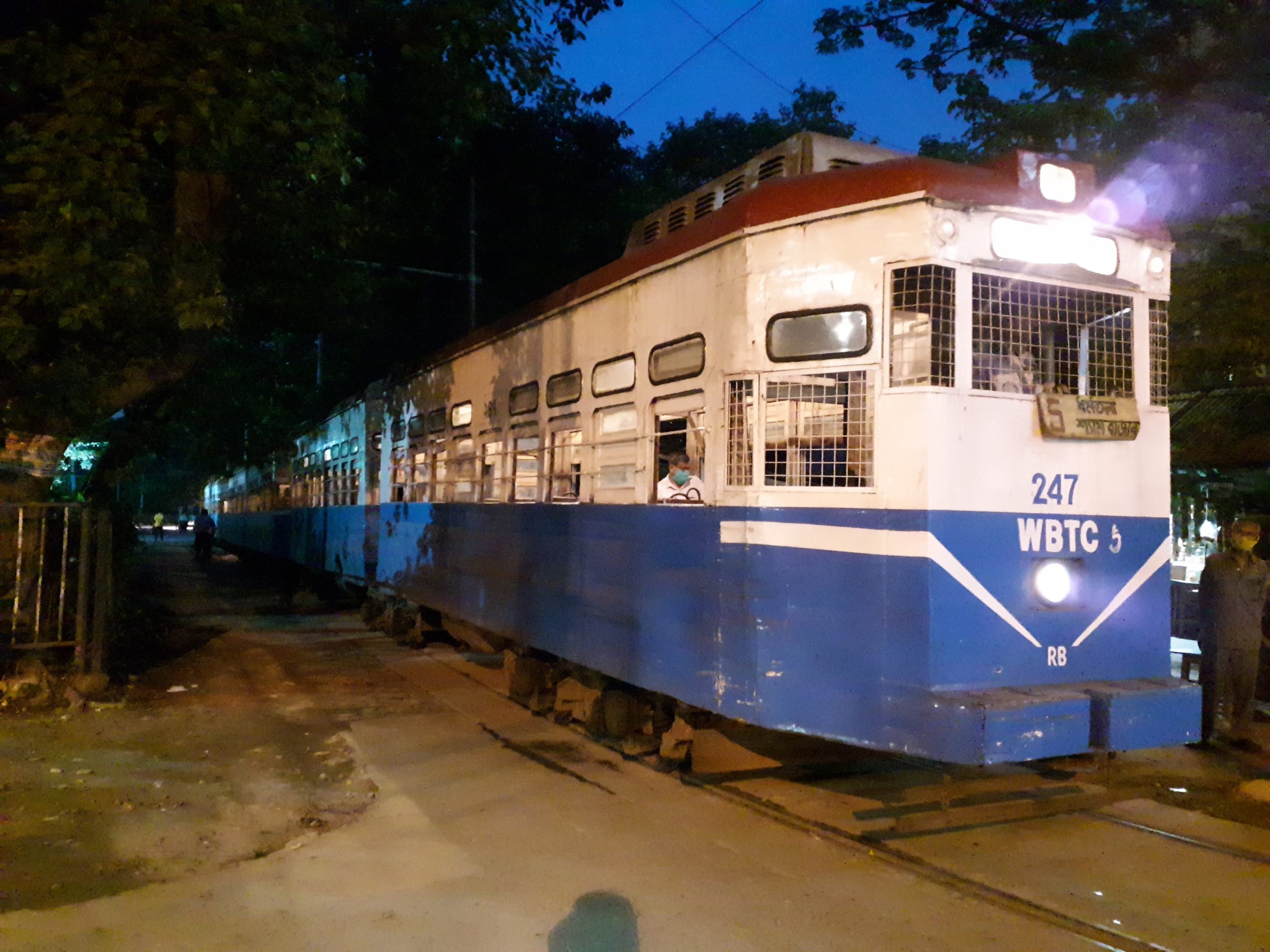
This “step-motherly” treatment of Tramways has disappointed transport enthusiasts. An activist said the abolition of an identity of the city- its original “electric vehicle”- at a time when the thrust is being given to using emission-free transportation for commute, which Trams are since their inception in 1873. The first Tram ran between Sealdah and Armenian Ghat Street on 24th February 1873.
The transport department will start the work Of covering the tram tracks which are no longer in use with a bituminous layer. Snehasish Chakraborty, MiC Transport said, ” The tram tracks are a threat to road users causing accidents we cannot think of an immediate revival.” According to him, Trams no more fall under “public transport”.
The decline of this century-old system started in 1992 when Trams were taken down from Howrah Bridge. Even in 2010-11 37 routes chugged, this number fell to 15 in 2017. By the end of 2017 due to the expansion of Metro Rail in the city, more routes were suspended. In 2019 Trams were stopped plying on Belgachia and Sealdah Bridges leaving the carrier with only 6 active routes. In May 2020 when the Amphan cyclone struck the city, traction poles and overhead wires supplying electricity to Trams came crashing down. Till now only 4 out of those 6 routes have been revived.
Many Tram lovers called the Government’s move of rendering the Tramways with only four routes and not reviving the other routes “unfortunate” and “atrocious”.
In a statement, the popular transport enthusiast group Kolkata Bus-O-Pedia said, “It’s a dark day for public transport in Kolkata. The Government has decided not to reinstate Tram routes which they had promised to revive earlier. Only Four routes will run, trams in their 150th year are slowly moving toward death”.
The four routes that will continue chugging are- 5: Esplanade- Shyambazar, 25: Esplanade- Gariahat, 36: Esplanade- Khidirpur, and 24/29: Ballygunge- Tollygunge. Out of these 4 now only 2 of them ply regularly. Services between Esplanade to Shyambazar have been suspended since last April due to East-West Metro work at Wellington and work for Rt.36 which suffered a massive blow during Amphan, is yet to start.
“The reasons cited by authorities to abolish Trams were the same as reasons cited by city authorities including Bombay’s worldwide in 1946- 1952 to abolish trams now all major cities have revived trams”, said Debasis Bhattacharyya, President of Calcutta Tram Users Association
Although the West Bengal Transport Corporation officials tried to calm the situation by saying that they might revive routes at any time in the future, Tram lovers fear the worst: once a route is suspended or paused there’s hardly any chance of its resumption, several grieved, from personal experience.
